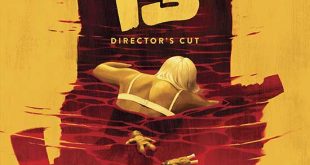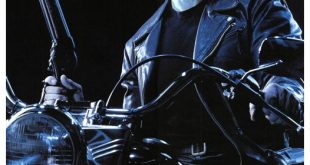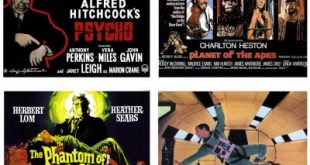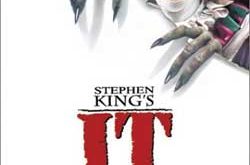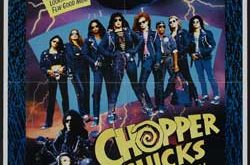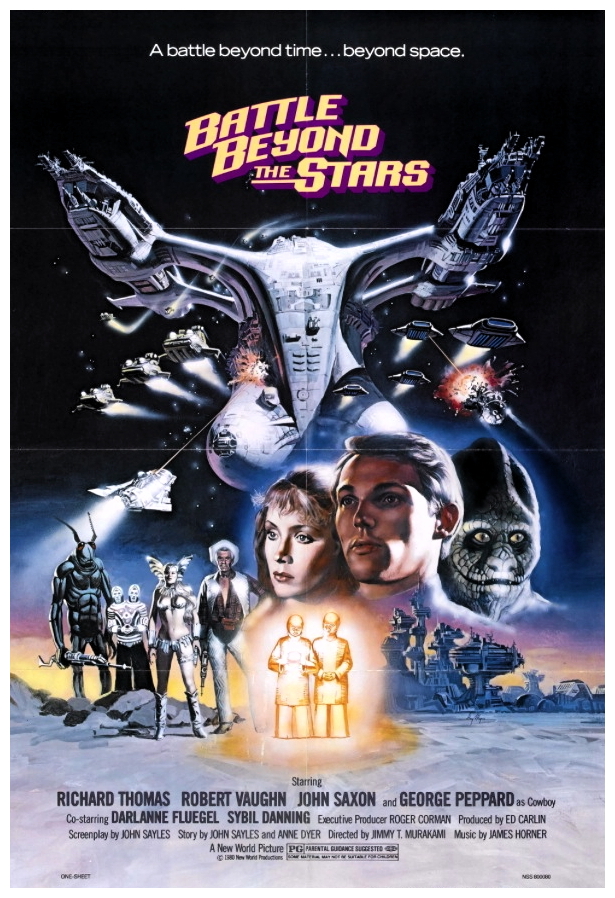
SYNOPSIS:
“The evil tyrant Sador and his army of the mutants Malmori threatens the peaceful Akira farmers of the planet Akir with his Stellar Converter weapon and tells that he will return to collect their harvest. The former Akira warrior Zed advises that they should hire mercenaries to protect them from Sador and offers his spaceship to seek them out. However, the Akira can only pay with food and lodging. The young Shad offers to pilot the ship with the computer Nell to look for mercenaries. He meets Doctor Hephaestus and his beautiful daughter Nanelia in a space station where he unsuccessfully tries to find weapon. Nanelia comes with Shad and he teams up with the earthling Cowboy, who was going to deliver weapons to a planet that was destroyed by Sador and offers to give them to Shad. Then he meets five clones that share the mind of one entity called Nestor that join him. Shad also recruits the lonely and wealthy assassin Gelt that accepts the proposed payment. Then the sexy and annoying Valkyrie warrior Saint-Exmin joins the group since she wants to battle. Shad also recruits Cayman that wants to kill Sador and does not require any payment. They return to Akir and Sador also returns to attack the planet. Who will win the battle?” (courtesy IMDB)
REVIEW:
Roger Corman may be famous for his colourful horror films, but he was always more than simply a master of the macabre, and his innate sense of design and continual encouragement of other filmmakers make him an important player in fifties and sixties cinema. He is the producer of more than 400 films but, as a director, his best films were undoubtedly those starring Vincent Price and, in particular, the Nicolas Roeg-photographed The Masque Of The Red Death (1964) and the Robert Towne-scripted The Tomb Of Ligeia (1964), in both of which Price thankfully plays it straight. Both films had a heady visual style to them, and were essentially accurate portrayals of Edgar Allan Poe’s interior world. Corman’s championing of so-called ‘difficult’ European directors like Ingmar Bergman and Federico Fellini also adds to his credit, and it’s interesting to note that, in recent years, Corman has moved beyond his cult status of Grand Old Man of independent cinema.
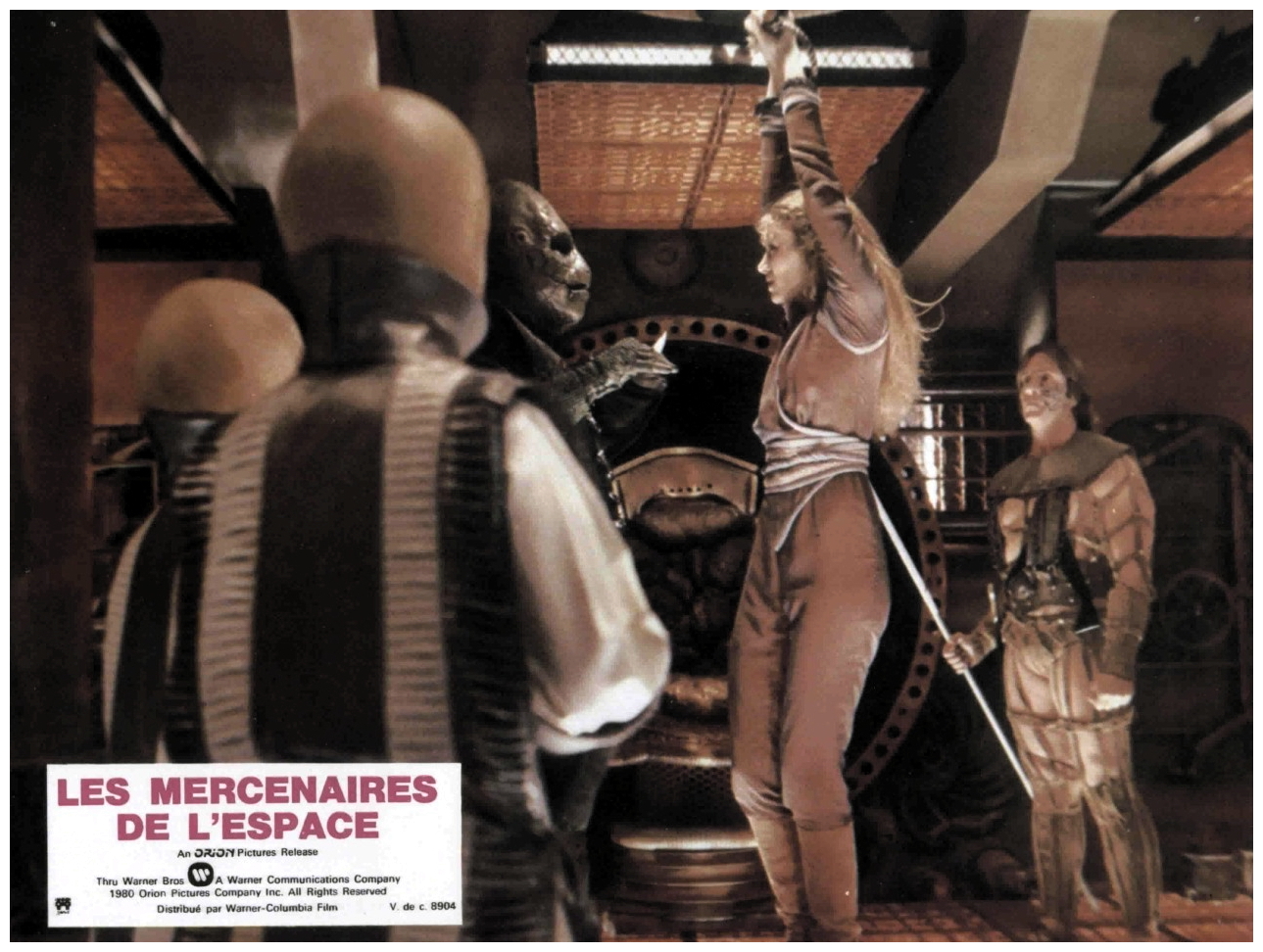
Battle Beyond The Stars (1980) was Corman’s attempt to cash-in on the phenomenal success of Star Wars IV: A New Hope (1977) and was going to have a budget of US$5 million, which was highly exaggerated. It was actually budgeted at the time of its release at an estimated US$2 million, still the most expensive Corman film ever, but much of the budget went toward paying the actors’ salaries. When he first conceived the project, Corman thought he could hire a bunch of enthusiastic youngsters to build his miniatures for a couple of hundred dollars. When that didn’t work out, Corman purchased an old lumber yard and turned it into a special effects studio and sound stage. The ‘Hammond Lumber’ sign graced the property for the duration, supposedly because Corman didn’t want to pay what it would cost to have it removed but, in reality, Corman didn’t want to call attention to the place since his office building near Westwood was equally obscure. Like most of Corman’s investments, the lumber yard served him well.
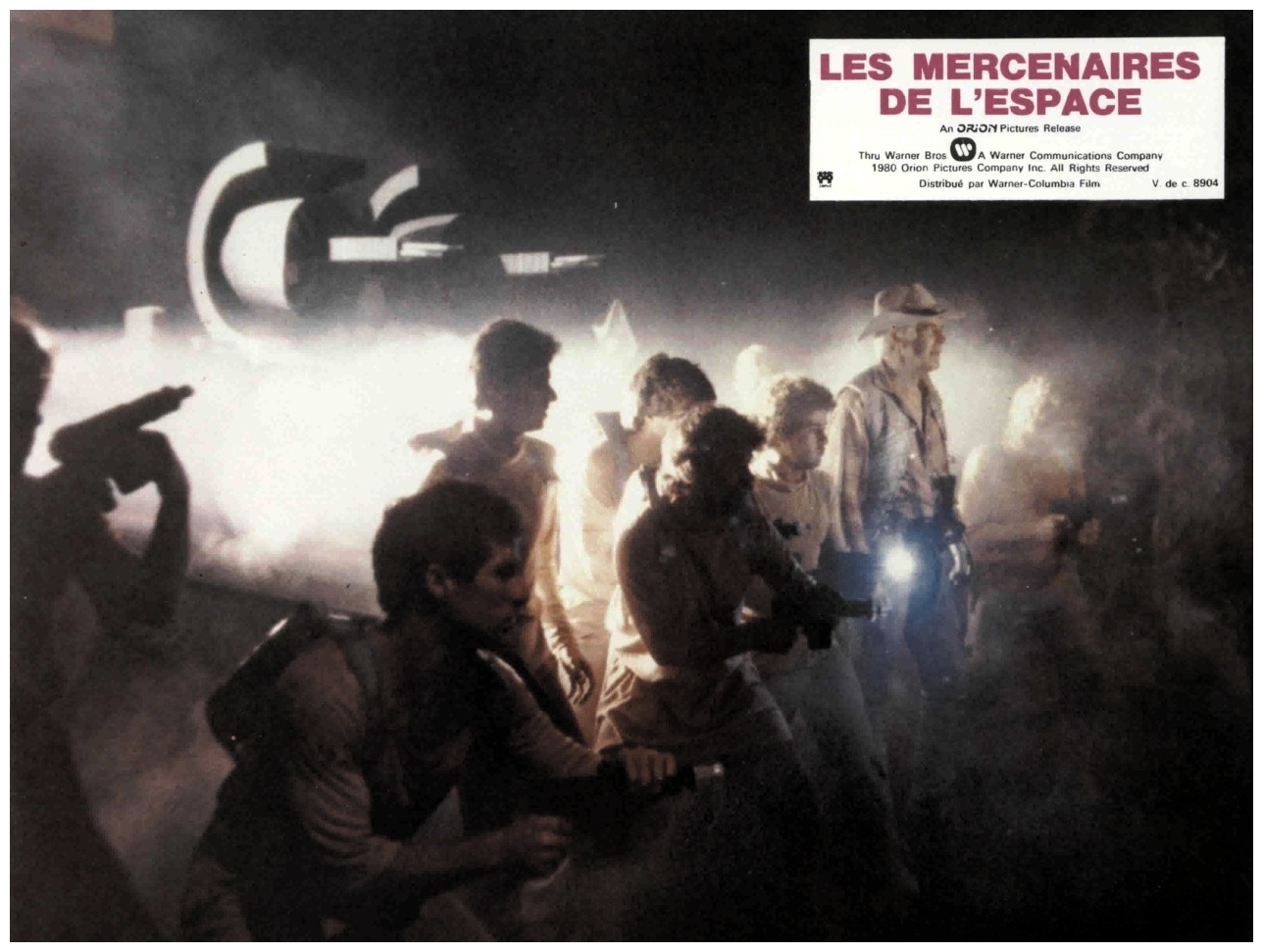
He was able to rent out the facilities when he wasn’t using them and, for a while, he considered turning one of the rooms into a sound studio after a bill for dubbing nearly sent him through the roof. Battle Beyond The Stars was dismissed by many as a typically cynical attempt by Corman to exploit the success of recent science fiction films, and they were right. Inspired by publicity describing Star Wars as a ‘Western in space’, Corman had his resident screenwriter John Sayles re-write The Magnificent Seven (1960) as a space opera. Sayles wisely returned to the original source for inspiration, The Seven Samurai (1954) – instead of bandits besieging a village, we have an alien warlord besieging a planet, but the principle remains the same. Shad (Richard Thomas) is the young hero who collects an ill-assorted group of interstellar thugs to dispose of the warlord. Of these, the most memorable are the reptilian mercenary Cayman (Morgan Woodward), the heat-eating Kelvin (Larry Meyers & Lara Cody), the worldweary gunslinger Gelt (Robert Vaughn reprising his role from The Magnificent Seven), and a metal-breast-plated big-bosomed Valkyrie named Saint-Exmin (Sybil Danning): “You haven’t seen anything until you see a Valkyrie go down.”
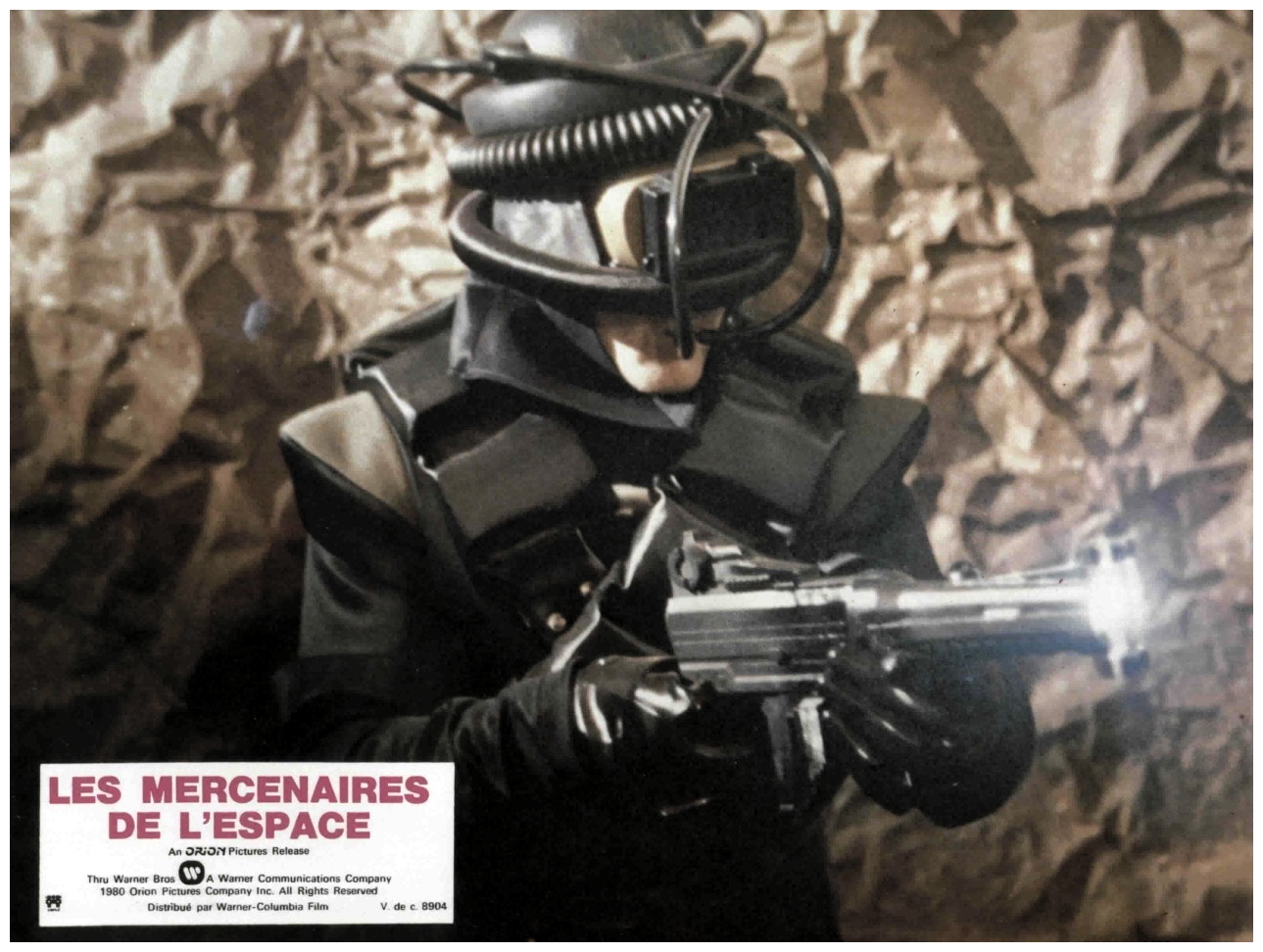
Battle Beyond The Stars would have undoubtedly attracted more attention if it was released a few years earlier. If it had appeared within a year of Star Wars, the sheer impudence of combining the visual elements of that film with the plot of The Magnificent Seven would have had more impact than it did in 1980. By that time audiences had already been saturated with Star Wars rip-offs, Battlestar Galactica and Buck Rogers In The 25th Century on television, and Alien (1979) and Star Trek The Motion Picture (1979) on the big screen. It was all rather ‘old hat’ by then. Still, as rip-offs go, it’s moderately good fun and, unusually for a Corman production, it looks pretty good in terms of sets, sounds and special effects. This should be no surprise to anyone who knows that Corman hired some of Hollywood’s greatest future talents, including producer Gale Anne Hurd, composer James Horner, foley artist Alan Howarth (each spaceship had its own sound – the Nestor ship sound utilised human voices and Gelt’s ship was a dragster car) and special effects masters James Cameron, Randall Frakes, Alec Gillis, Dennis Skotak and Robert Skotak.
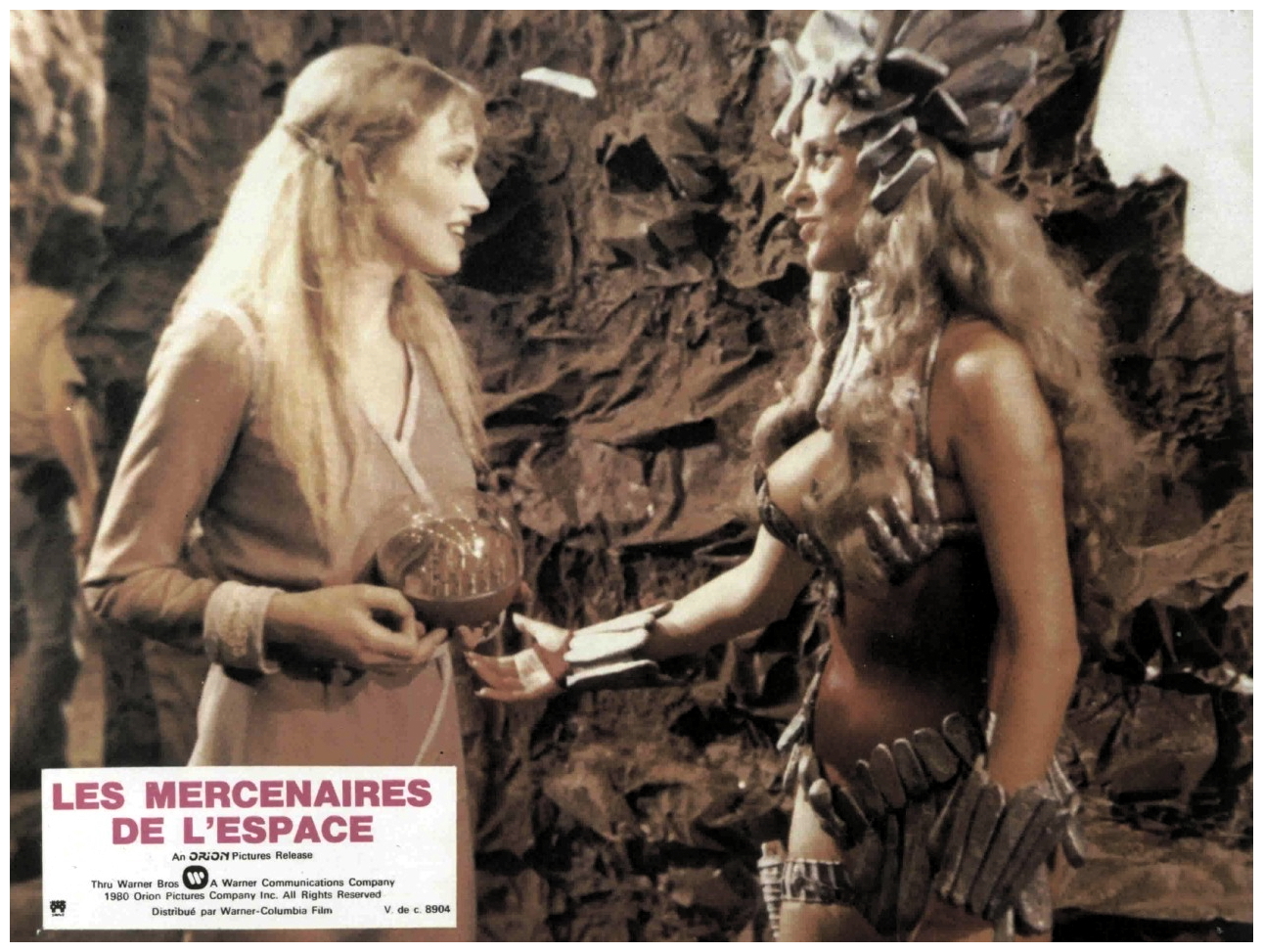
Corman received good value for his money, and recycled both the soundtrack and special effects in films like Space Raiders (1983), Bachelor Party (1984), Wizards Of The Lost Kingdom (1987), Starquest II (1997), Raptor (2001) and Dead Space (2008). The spaceships in particular are not only well animated but display a certain creativity in their design. The ship belonging to the villainous Sador (John Saxon), for instance, resembles a giant hammerhead shark, while the hero’s ship has a more organic, female look to it which is appropriate as it’s controlled by a very maternal-sounding computer named Nell (Lynn Carlin). The problem of using the plot of The Magnificent Seven or The Seven Samurai is that it’s all a bit predictable and the main source of interest comes from seeing how the western cliches are going to be translated into science fiction cliches. Sometimes it’s done with a heartening touch of originality, at other times it can be depressing in its banality, and with the character of Gelt (Robert Vaughn) there’s no attempt at genre translation at all – he’s cut-and-pasted complete from The Magnificent Seven costume and all, even down to the price of his services: “A meal and a place to sleep.” (Gelt means ‘Gold’ in Yiddish, by the way, and the Malmori computer displays are in Hebrew).
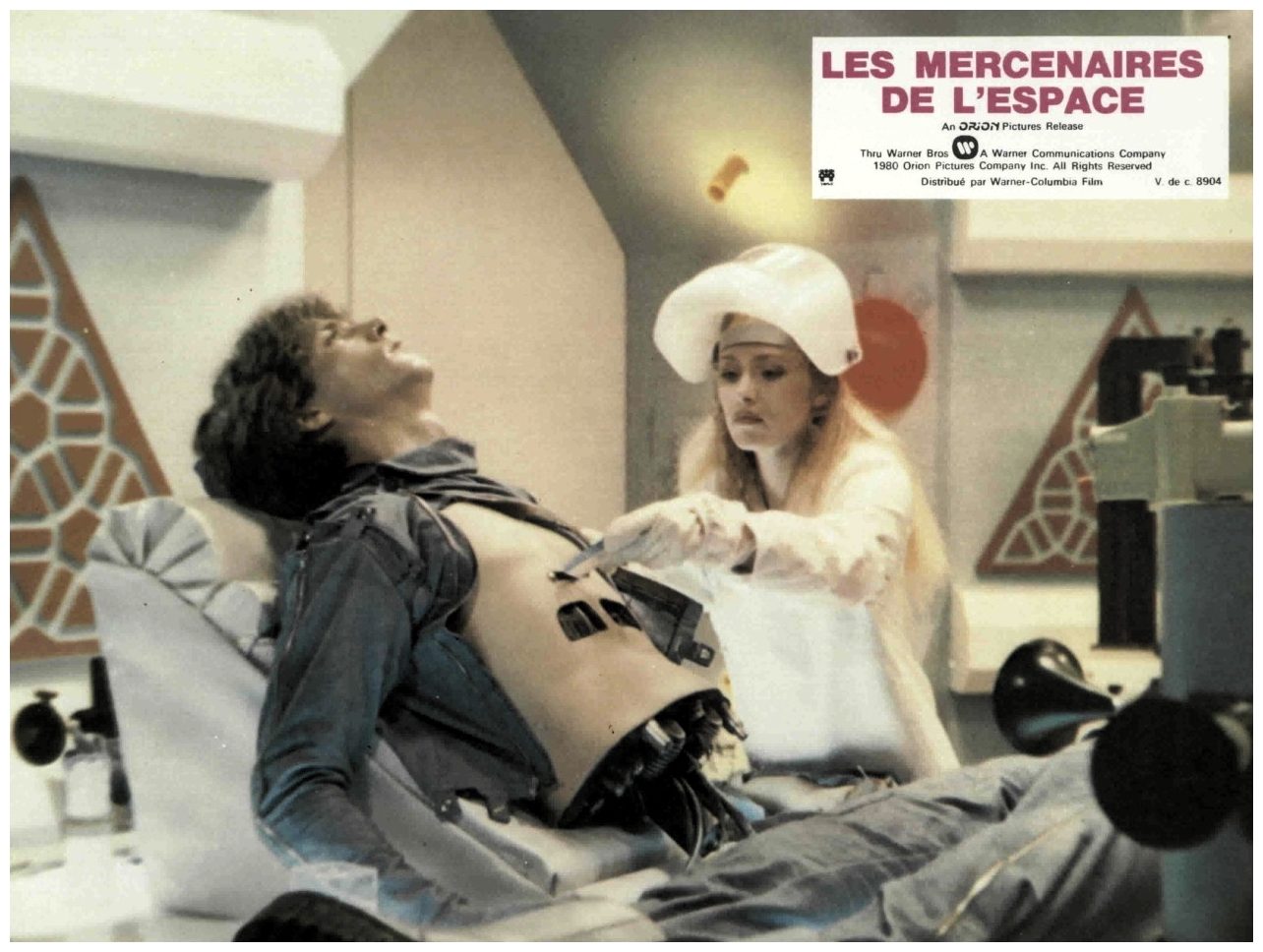
Vaughn gives the same worldweary performance though it’s hard to tell whether he’s acting or is genuinely bored with the proceedings. Instead of a small village being threatened by bandits, we’ve got a small arboreal planet inhabited by peace-loving people (all of whom seem to live in the one location) who are threatened by space pirate Sador who wants to conquer their planet (I’m not exactly sure why). He gives them a convenient breathing spell to consider his ultimatum which provides our hero Shad time to go off and round up some hired guns. Shad is played by Richard Thomas, and a curiously bland performance it is too – perhaps all those years in The Waltons had burnt out his acting circuits. His first port of call is the space station of Doctor Hephaestus, played by dear old Sam Jaffe with his head sticking out of a large bucket (the rest of him has worn out, apparently). The only complete human on the station is his daughter Nanelia (played by Darlanne Fluegel, which I thought was a Danish pastry), all the other inhabitants are androids.
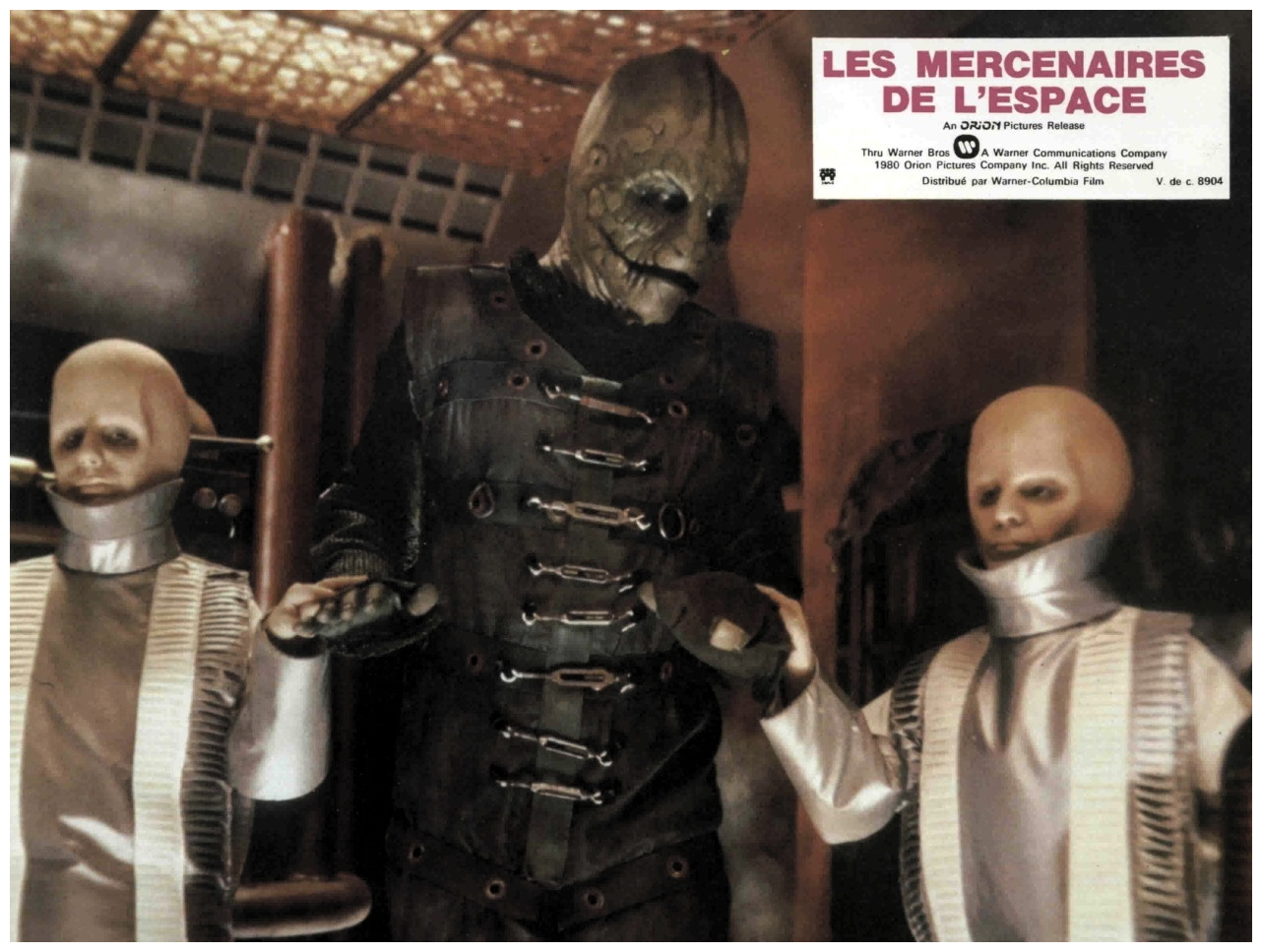
The scenes with the androids are probably the most refreshingly original idea in the movie, and I was sorry that Shad and Nanelia didn’t take one of the androids with them on their subsequent adventure. Shad’s next recruit is the somewhat embarrassing character of Cowboy (played somewhat embarrassingly by George Peppard, another face from the past), a space adventurer who, like his name suggests, dresses up like a cowboy and affects an Old West style of speech. Probably a cute idea on paper but a bit of a bore on-screen. The most amusing among the motley bunch of humans and aliens that Shad takes back to his home planet of Akir (named after Akira Kurosawa) is Saint-Exmin (Sybil Danning), one of an Amazonian warrior-race known as the Valkyrie, whose main ambition is to die a glorious death in battle. “It could be seen a little as a symbolic hari-kiri, you know? The heroine sees three fighters coming at her and she knows there’s no way out and, before being destroyed, she decides what her fate will be at that moment instead of letting it happen.”
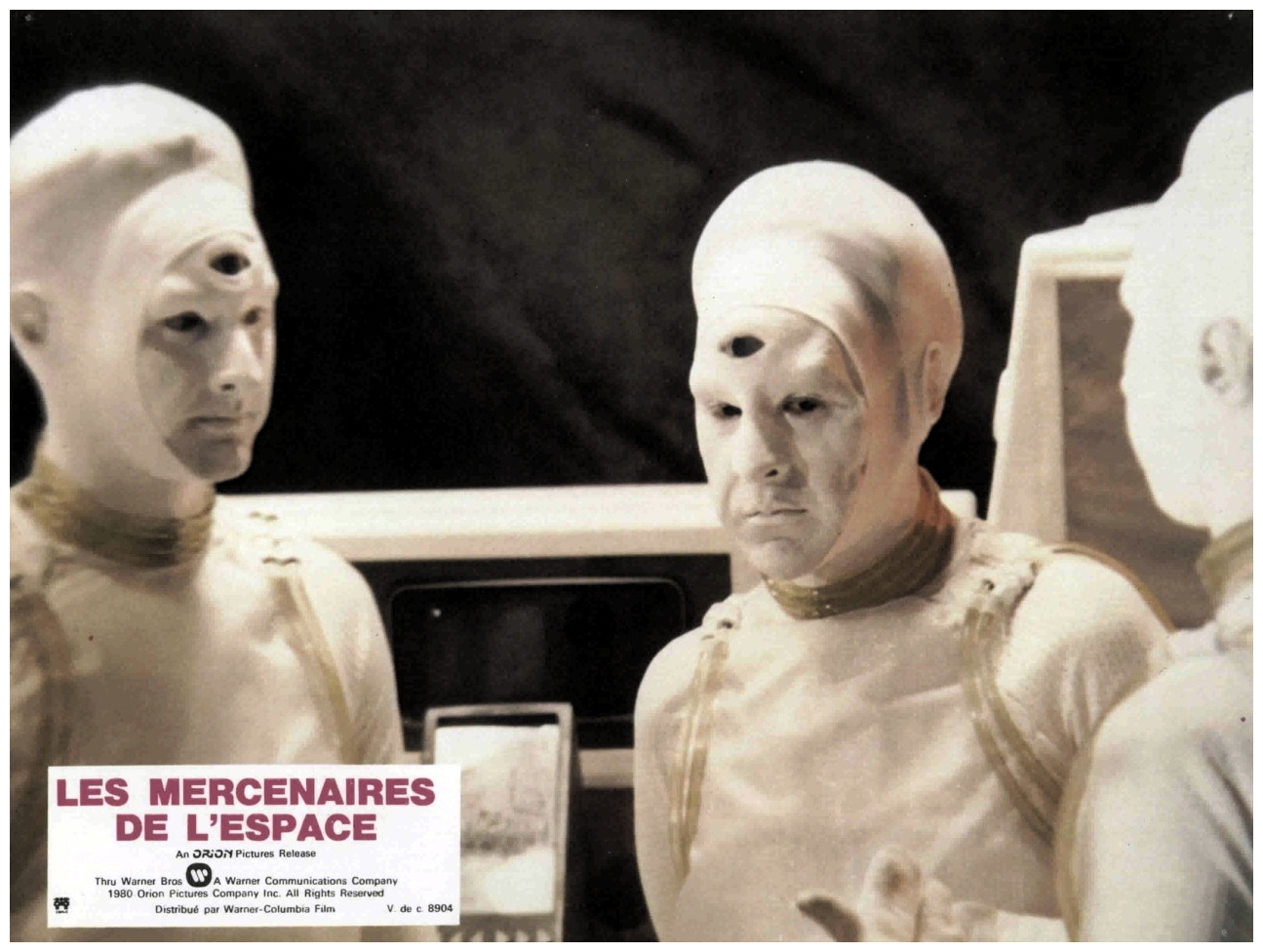
“That’s what I liked about the character, she had the best of both worlds. She was allowed to be sexy and she was also violent. Being a warrior who is sexy appealed, I think, to men and women. She’s a sort of mixture between Tinkerbell and Barbarella. I liked playing her because I was a tomboy as a child and it’s like my childhood came back, and being in those costumes it was like Halloween lasting six weeks. That battle dress was such a hassle to get out of that when I put it on in the morning I refrained from using the ladies room all day. All the little chains were hung on after I was in the costume because there were parts of me which stretched the holes and they would have ripped if the chains were too tight. Once it was on it was not too comfortable. The other one, the real Valkyrian-looking outfit with the big headgear, wasn’t quite so bad, but I couldn’t sit down in the belt I had on because it could easily break. If the special effects are done well, then you don’t have to worry. If you’re good enough, there can be nothing around you to disturb your performance so, whether it’s a meteor or Anthony Quinn next to me – and they’re both much the same thing – it doesn’t hurt you.”
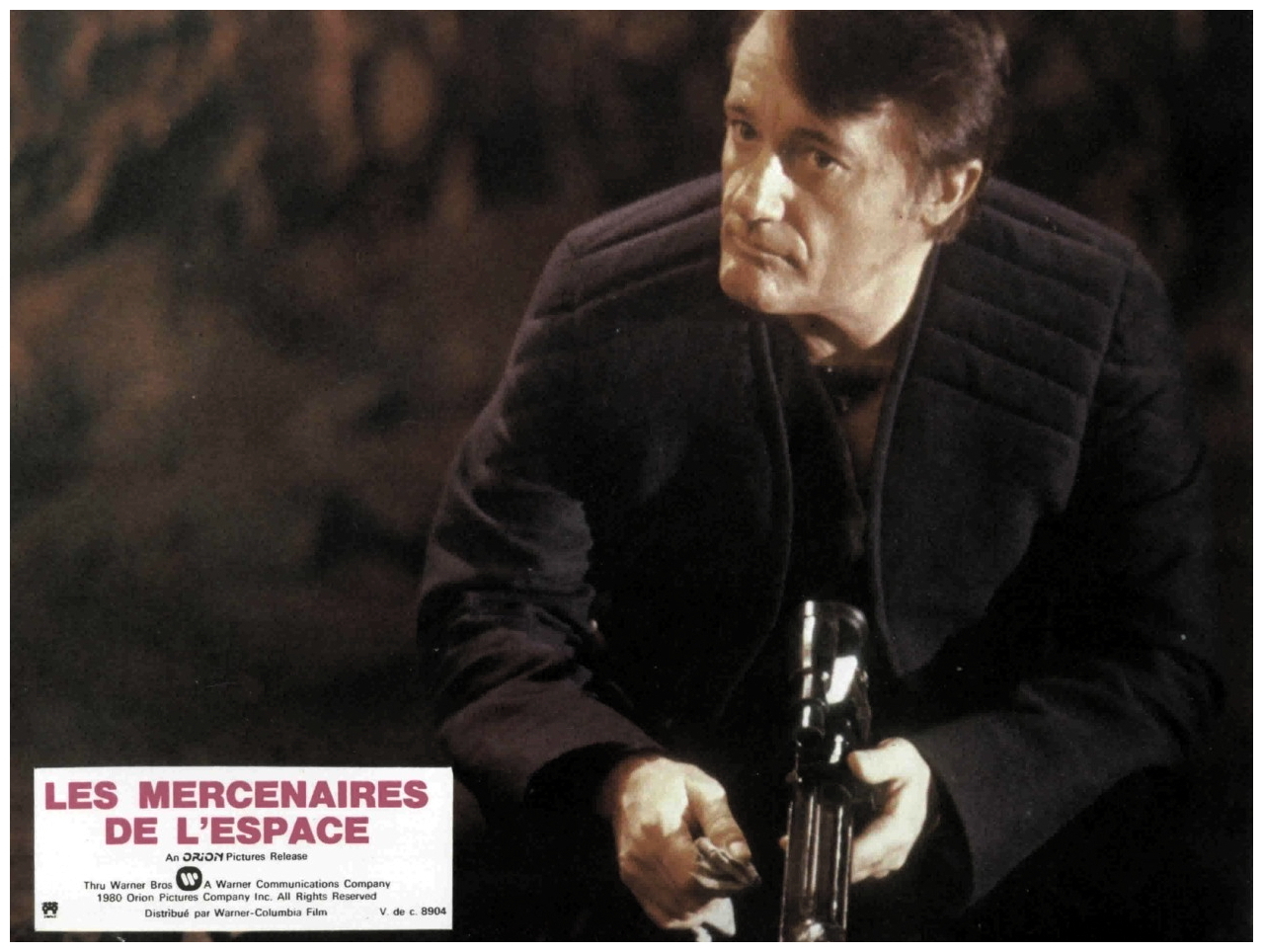
“I must say that the script was excellent, in that it explained exactly what was going on. When I read it I thought that if they could put just half of that on screen it would look fantastic, and they managed to get it on the screen exactly like it was in the screenplay. So when I’m sitting in the spaceship acting like I was shooting at Sador, I knew exactly what point came when. I also knew the kind of effects they were trying to achieve because from the moment I was on the film I was shown the models which were very interesting, very pretty. I didn’t see my own spaceship though, because it was still being worked on.” The movie maintains its interest while Shad is gathering his recruits but, once the fight begins in earnest against Sador and his forces, it all degenerates into a long series of space battles that, though spectacular, quickly becomes both repetitive and tedious. It’s all very perfunctory, but the space battles are surprisingly good for such a small budget, and the script by John Sayles is original and witty.
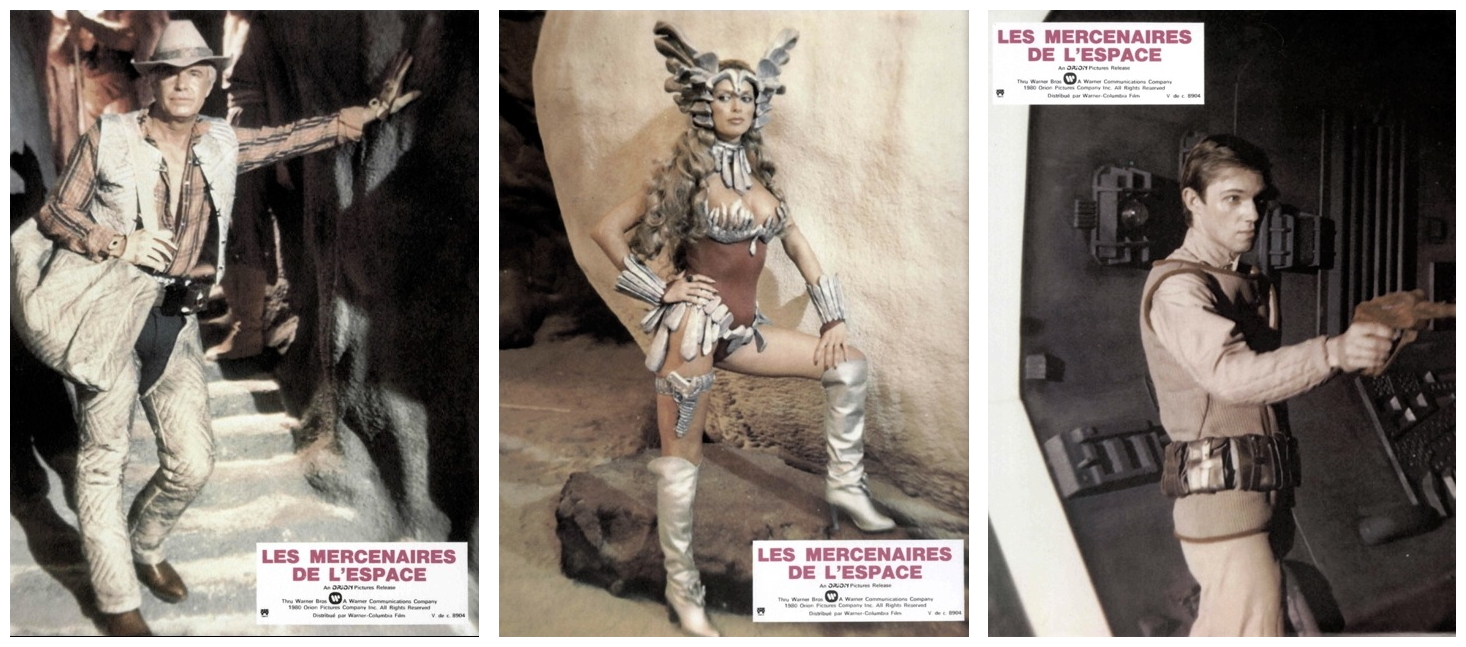
The brightest of Corman’s young writers, Sayles also wrote Piranha (1978), Alligator (1980) and The Howling (1981), and would go on to become one of Hollywood’s best script-doctors as well as directing his own independent productions. At one point Australian director Richard Franklin was attached to direct, only to be replaced by Jimmy Murakami, a veteran animator who had previously co-directed Corman’s Humanoids From The Deep (1980). The impressive cast of television-trained actors (Richard Thomas, George Peppard, Robert Vaughn, Marta Kristen, Julia Duffy, Earl Boen) seem to have a good time playing up the humour, and John Saxon stands out as the diabolical villain Sador, whose body parts are constantly being replaced by his doctor. Possibly the most discouraging thing about Battle Beyond The Stars is that the filmmakers felt obliged to go back to the western as their source material instead of mining the literature of science fiction itself for their ideas.
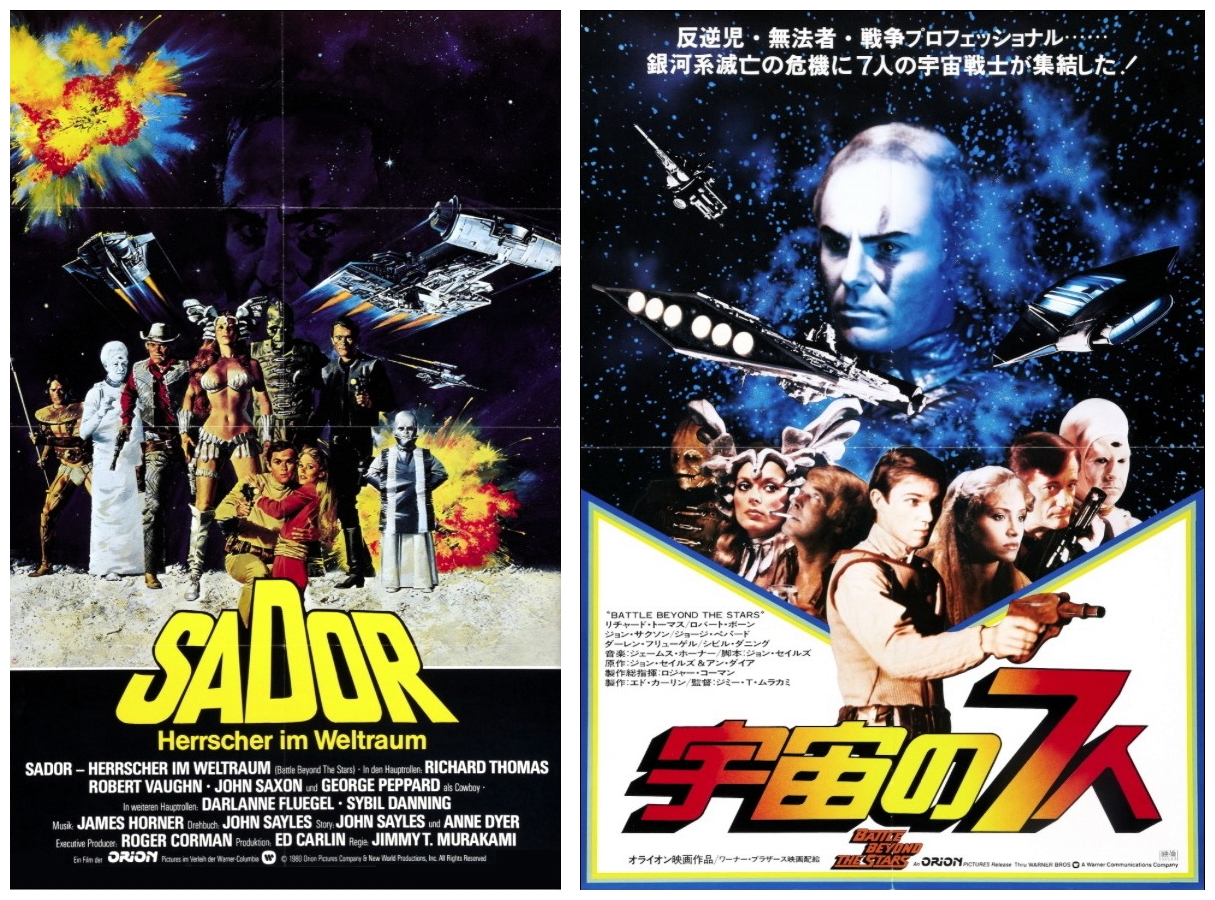
By doing this they have displayed the same lack of imagination in approaching the genre as the makers of, say, Hawk The Slayer (1980) did in the same year, trying to put sword-and-sorcery on the screen (lacking the confidence to try something new, the makers of Hawk The Slayer also exploited the plot of The Magnificent Seven, harnessing it to the visual style of an Italian western complete with a pseudo-Ennio Morricone soundtrack). Literary science fiction contains a whole treasure-trove of ideas and settings waiting to be plundered by filmmakers with enough courage to try more than just copy what has gone before in the cinema, though they’ll have to be careful about how they do it. In the meantime you could do worse than pay Battle Beyond The Stars a visit. If you go into it not expecting too much, you should find it a moderately entertaining experience. It’s certainly more fun than some space movies of the eighties. And it’s on this high note I’ll bid you a good night and look forward to doing the zombie stomp with you again next week when I have the opportunity to lay at your feet another dead bird from the dodgy chicken shop known as Hollywood for…Horror News! Toodles!
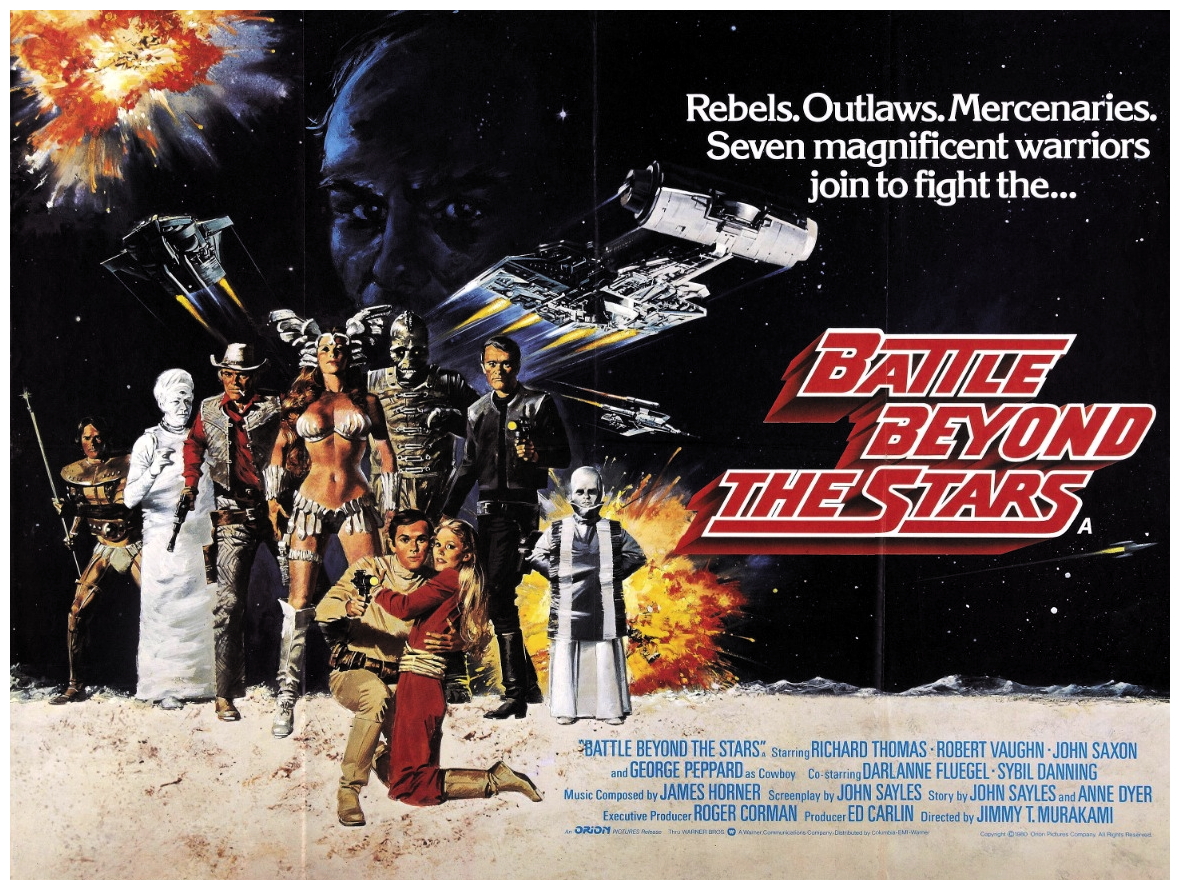
Battle Beyond The Stars (1980)
 Horror News | HNN Official Site | Horror Movies,Trailers, Reviews
Horror News | HNN Official Site | Horror Movies,Trailers, Reviews
